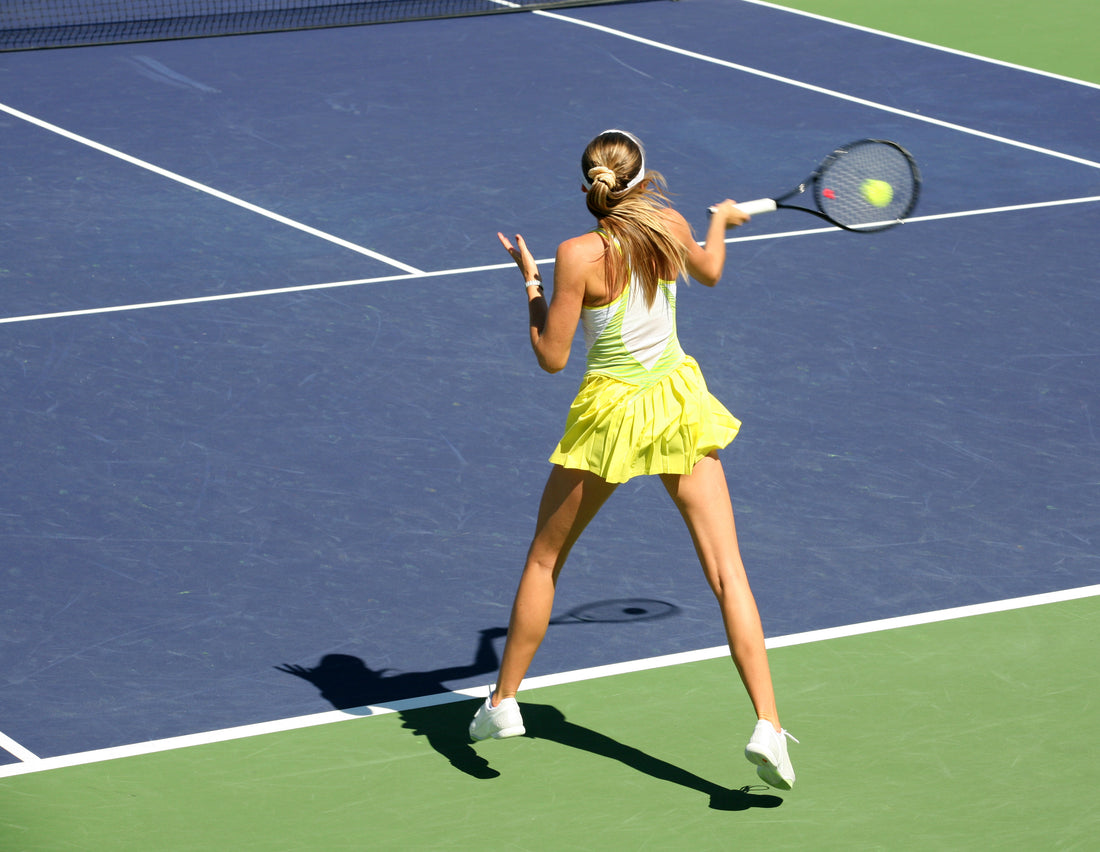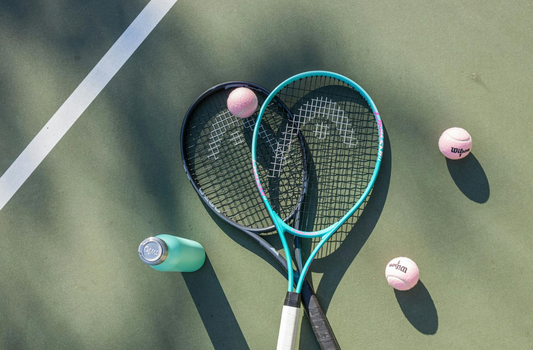While tennis is known for its physical and mental demands, understanding the etiquette and rules related to positioning, movement, and communication allows for the game to proceed smoothly. This article breaks down these less-discussed but crucial aspects of the game.
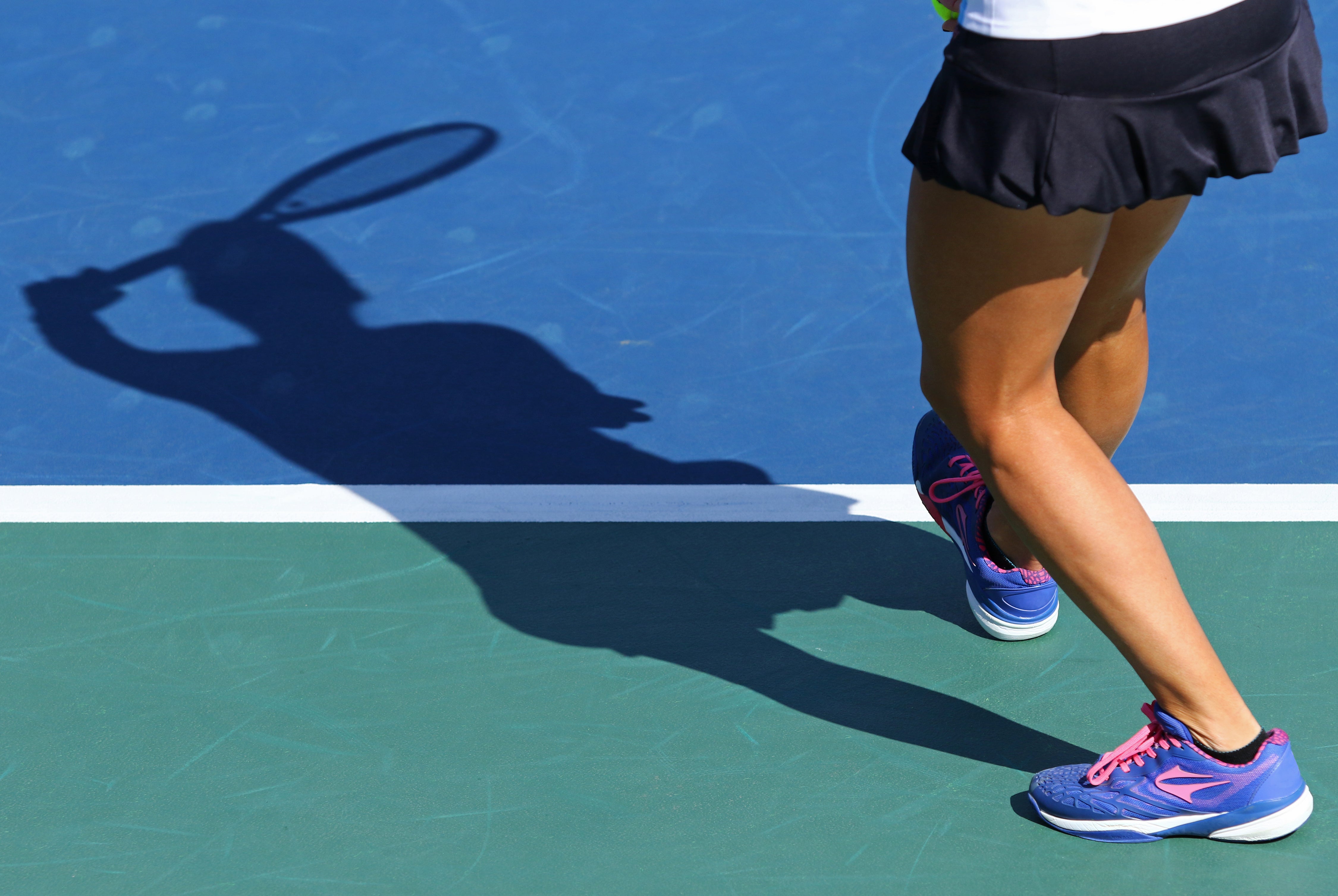
Positioning Rules
Serving
The ITF Rules of Tennis clearly outline where a server is to stand before starting the service motion. Both feet need to be behind the baseline between the center mark and the sideline. In a standard game, the server “shall stand behind alternate halves of the court, starting from the right half of the court.”
The ITF rules continue with what constitutes a foot fault. During the service motion, the server shall not:
- Change position by walking or running, although slight movements of the feet are permitted; or
- Touch the baseline or the court with either foot; or
- Touch the area outside the imaginary extension of the sideline with either foot; or
- Touch the imaginary extension of the center mark with either foot.
In doubles, the server’s partner can stand anywhere on her side of the net. While the traditional formation involves the server’s partner standing in the middle of the service box diagonal from the server, doubles teams can also utilize the I-Formation or the Australian Doubles Formation (interestingly, it’s called the American Doubles Formation in Australia and the UK).
In the I-Formation, the server and the player at net are lined up near the center mark and center service line to place doubt in the opponents’ minds as to which side of the court each player will be covering. The player at net will signal to the server which side she will move to so the server knows which side to cover once she has served the ball.
In the Australian Doubles Formation, the server lines up near the center mark, but her partner stands directly opposite from the opposing team’s net player, leaving both the server and her partner on the same side of the court. Similar to the I-Formation, the player at net will signal whether she will stay on that side of the court or will poach a crosscourt return.
Returning Serve
Unlike with the serve, there are very few rules when it comes to where a receiver has to stand when returning serve. For both singles and doubles, you can stand anywhere. However, because the ball needs to bounce in the service box before you return the serve and you need enough time to react to the serve, most people stand around the baseline behind the service box.
Changing Ends
Before a match starts, players determine which end they will start at through a coin toss or racquet spin. Players change ends of the court after an odd number of games in a set. Players also change ends at the end of a set unless the total number of games in that set is even, in which case the players change ends at the end of the first game of the next set.
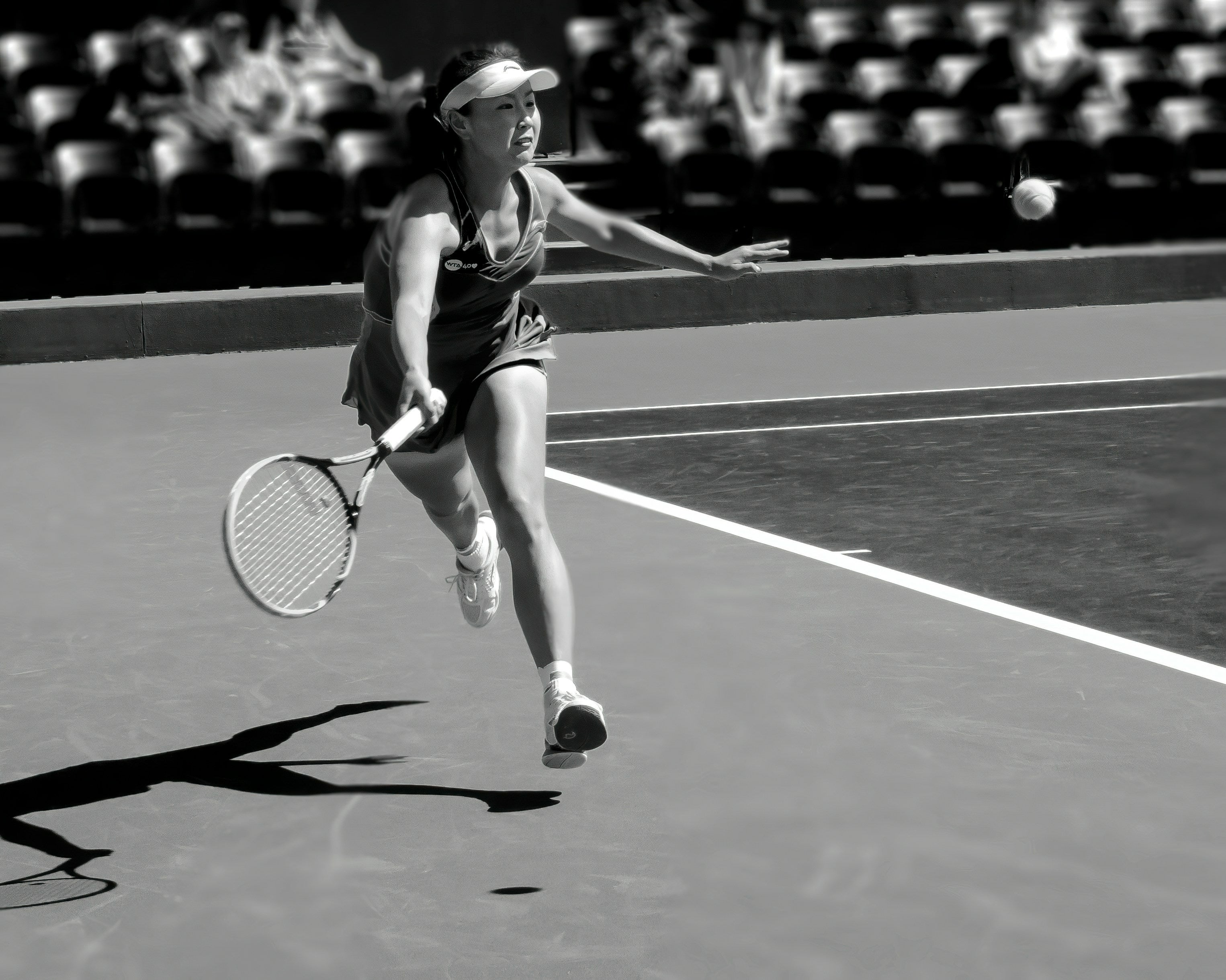
Movement Rules
Returning Serve
First, let’s look at rules regarding movement when receiving serve. The Code, which is the USTA’s rulebook, outlines the rules regarding movement as follows:
“A player may feint with the body while the ball is in play. A player may change position at any time, including while the Server is tossing the ball. Any other movement or any sound that is made solely to distract an opponent, including, but not limited to, waving the arms or racket or stamping the feet, is not allowed.”
In other words, it is perfectly acceptable to move around when you’re receiving serve so long as the movement isn’t made with the intent to distract the server. If you feel that your opponent is moving around to purposely distract you, you can have a polite discussion with them, but since it’s difficult to prove that your opponent is trying to intentionally distract you, you may be better off trying to ignore the movement and focus on your serve.
During a Point
Once a point is in play, you can move anywhere on your side of the net to hit the ball, so long as you respect the boundaries of the court. But at all times, it’s important to avoid other hindrances that distract your opponent, such as waving your arms or stomping your feet.
If you’re interested in learning more about hindrances, check out this blog post.
Ball Retrieval
When it comes to retrieving stray balls, remember that you should retrieve balls on your side of the court only when it does not disrupt the flow of the game. The Code further states that “a player’s request to remove a ball from the opponent’s [side of the] court must be honored. A player shall not go behind an adjacent court to retrieve a ball, nor ask a player for return of a ball from players on an adjacent court until their point is over.”
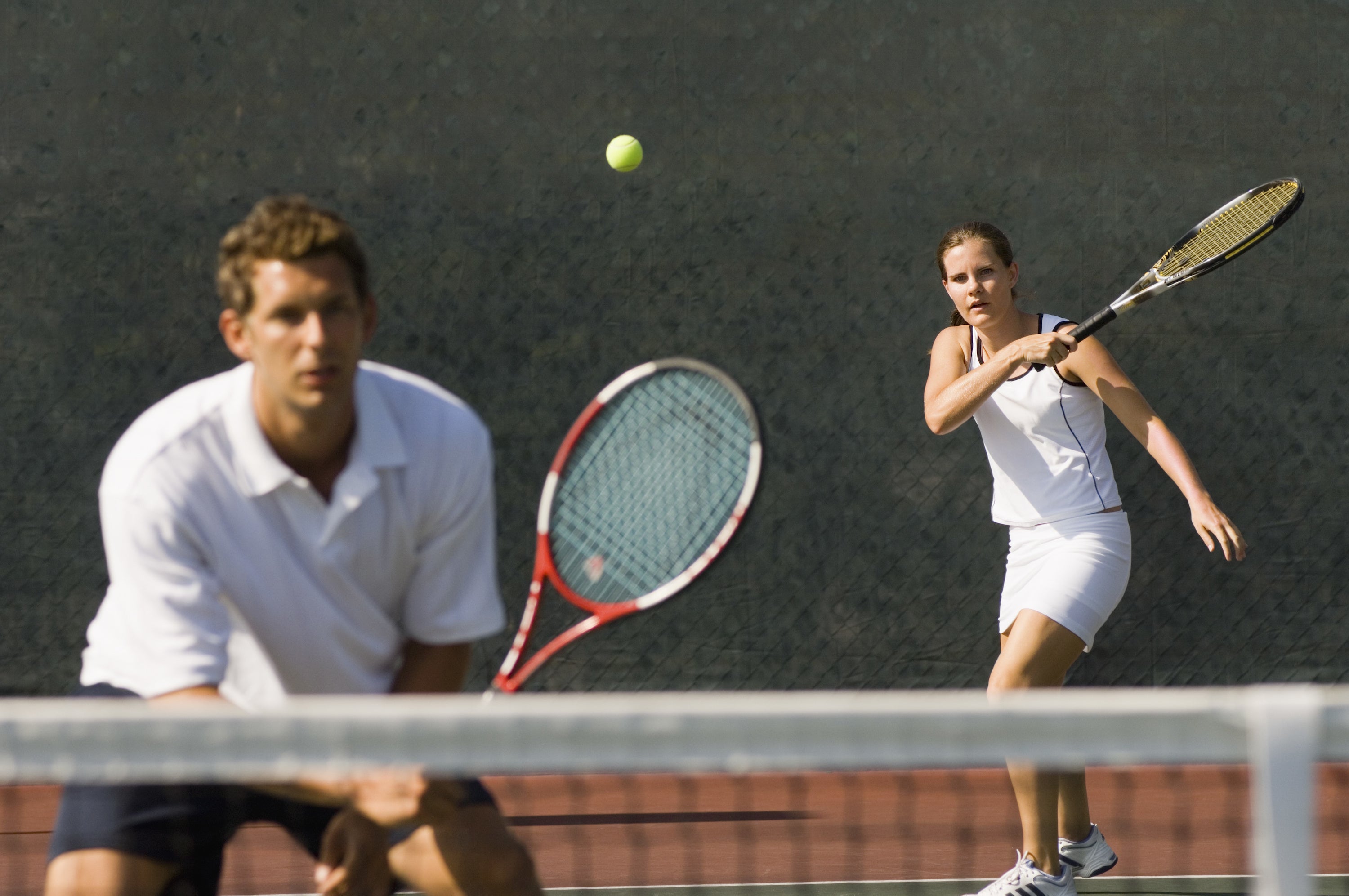
Communication Rules
Tennis is a game that requires courtesy and sportsmanship, so using obscene language, complaining loudly, and sulking are highly frowned upon. So what kind of talking is allowed? Communication with a doubles partner is vital, but there are some rules regarding talking that you should keep in mind.
Communicating with Your Doubles Partner
Not only is it considered poor etiquette to talk while the ball is on your opponent’s side of the court, as it can be distracting to your opponents, but they can claim a hindrance and win the point. However, you are allowed to communicate with your partner if the ball is traveling toward you to ensure you are aware of who’s going to hit the ball, positioning, etc. You can also talk between points about strategy or offer encouragement.
Coaching
Coaching is generally not allowed in tournaments and other competitive matches, but there are definitely exceptions to this rule.
Check out the ins and outs of coaching in recreational and professional tennis in this blog article.
Conclusion
Understanding and respecting the rules of positioning, movement, and communication while playing tennis not only ensures fair play but also reflects sportsmanship and respect for the game. Tennis is as much about skill and strategy as it is about adhering to proper etiquette to encourage playing within the spirit of the game.

